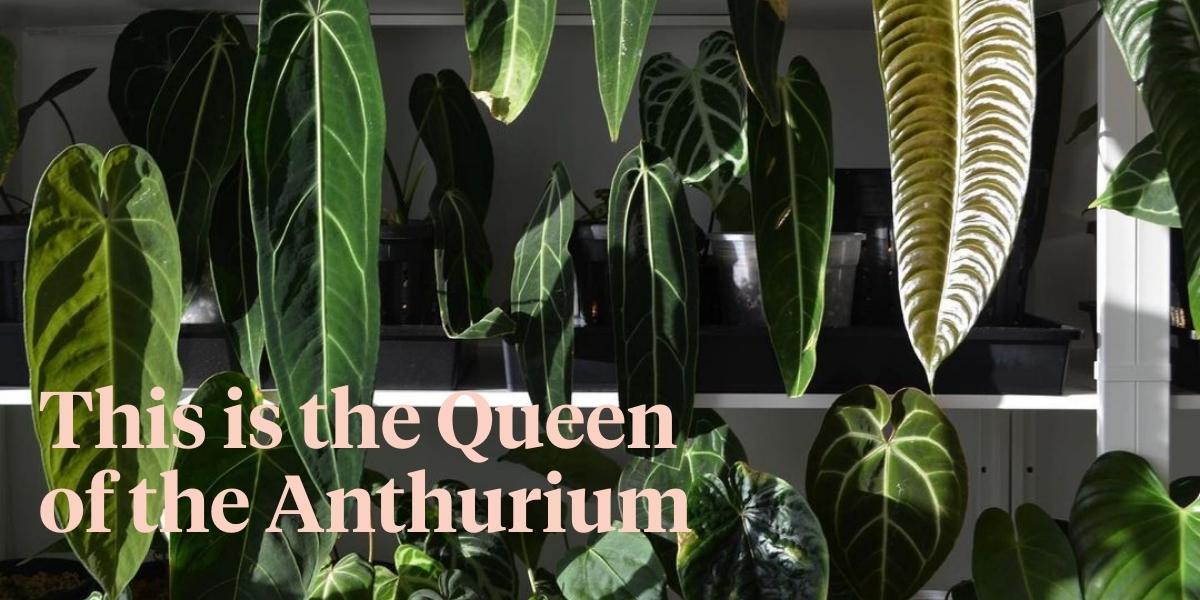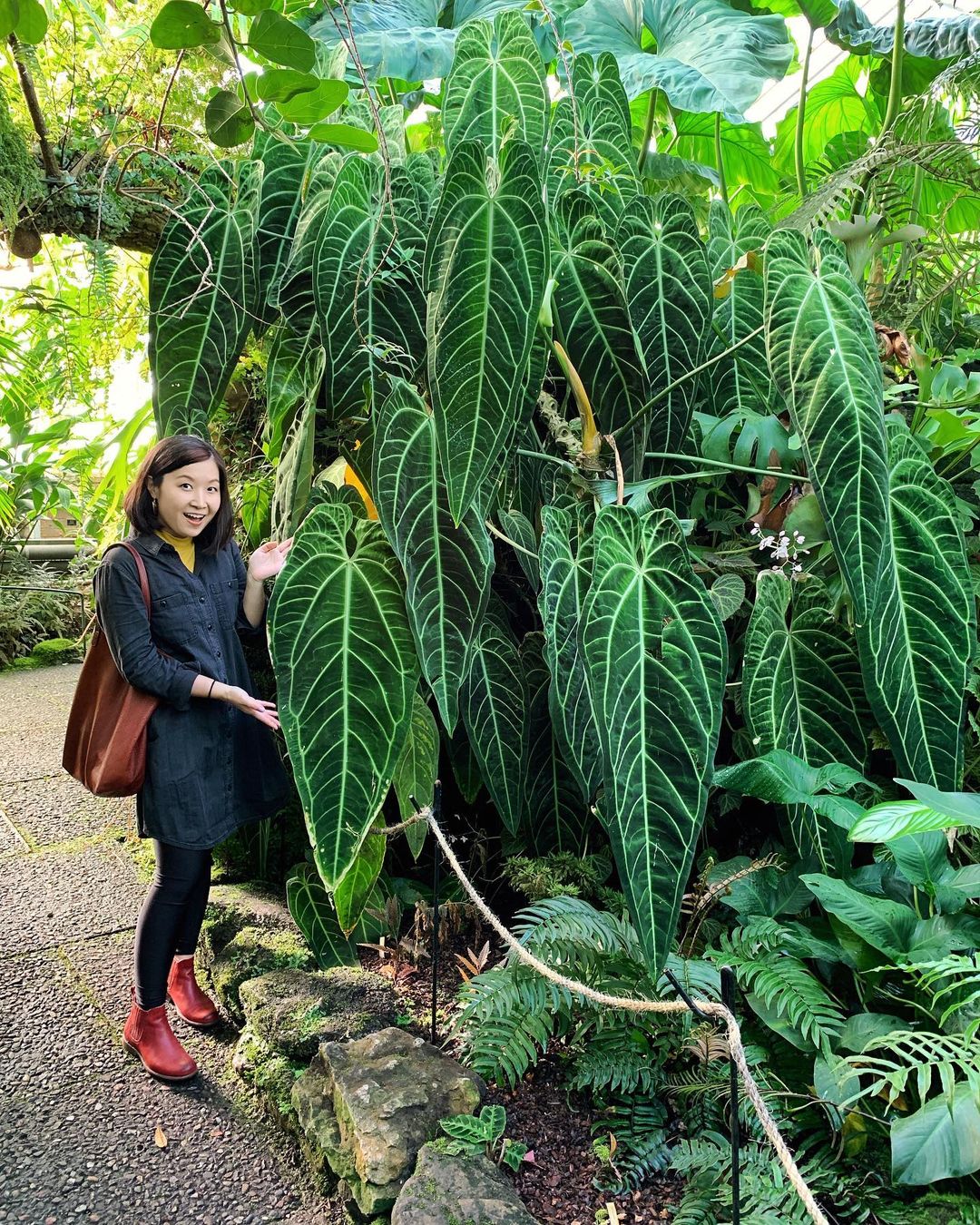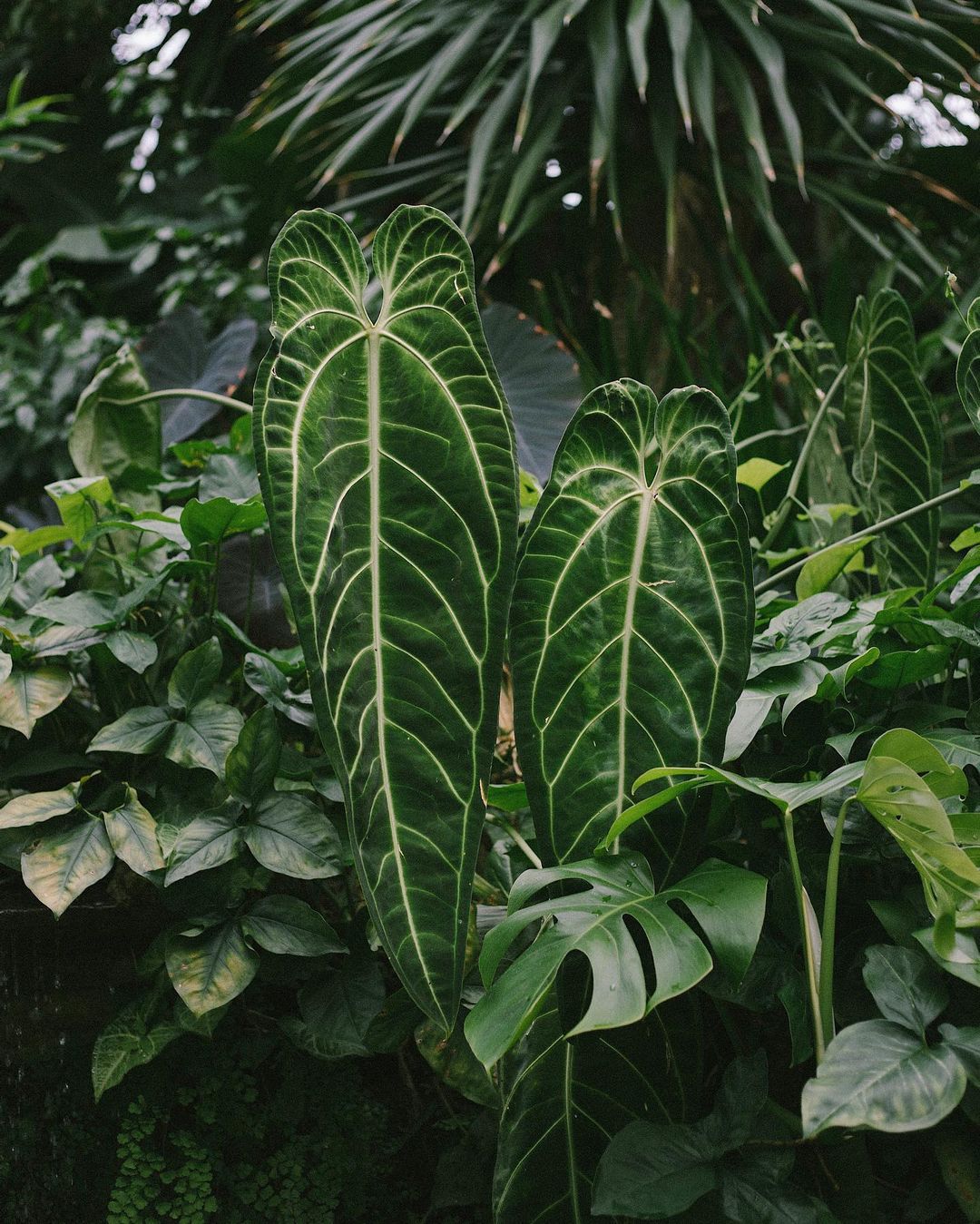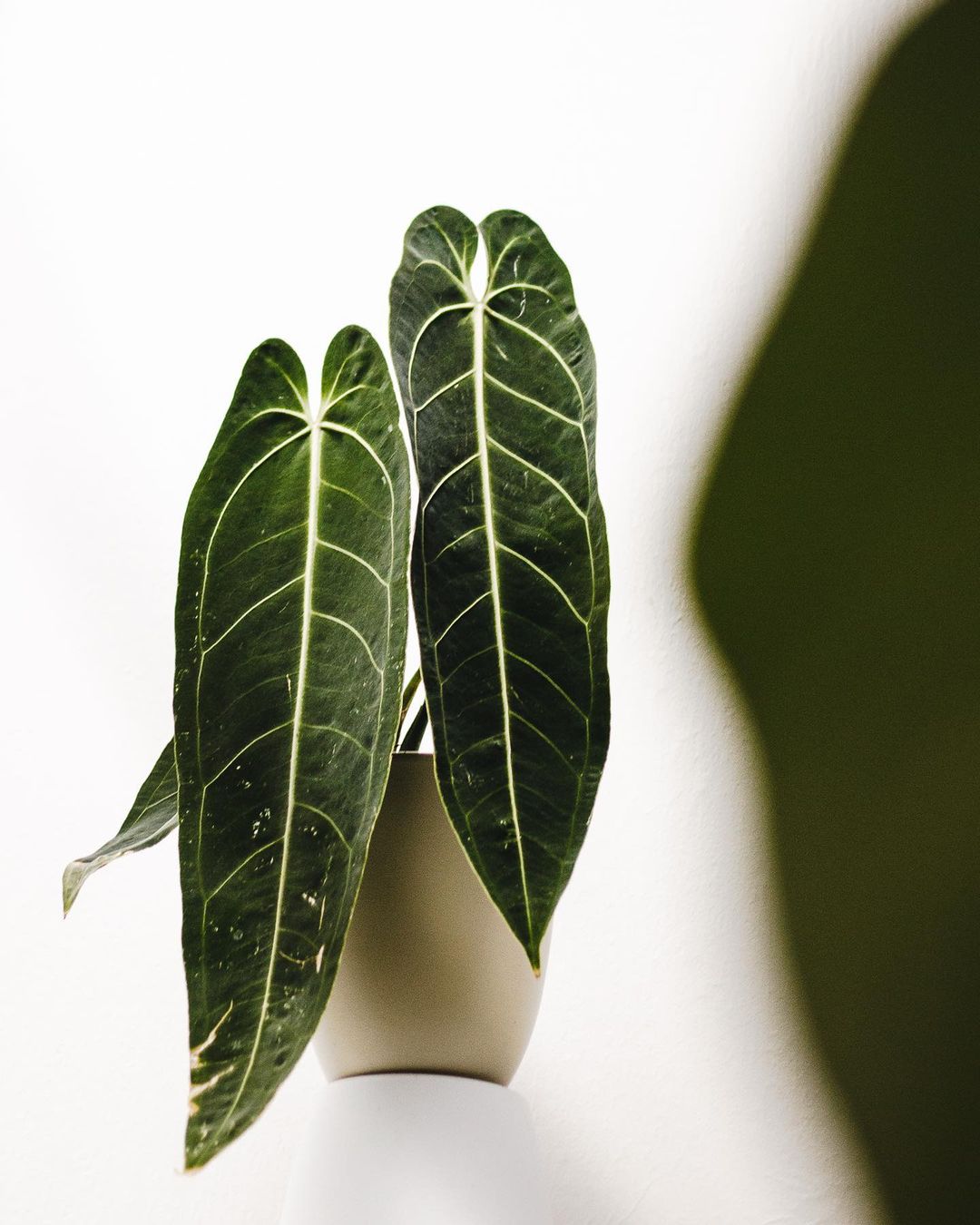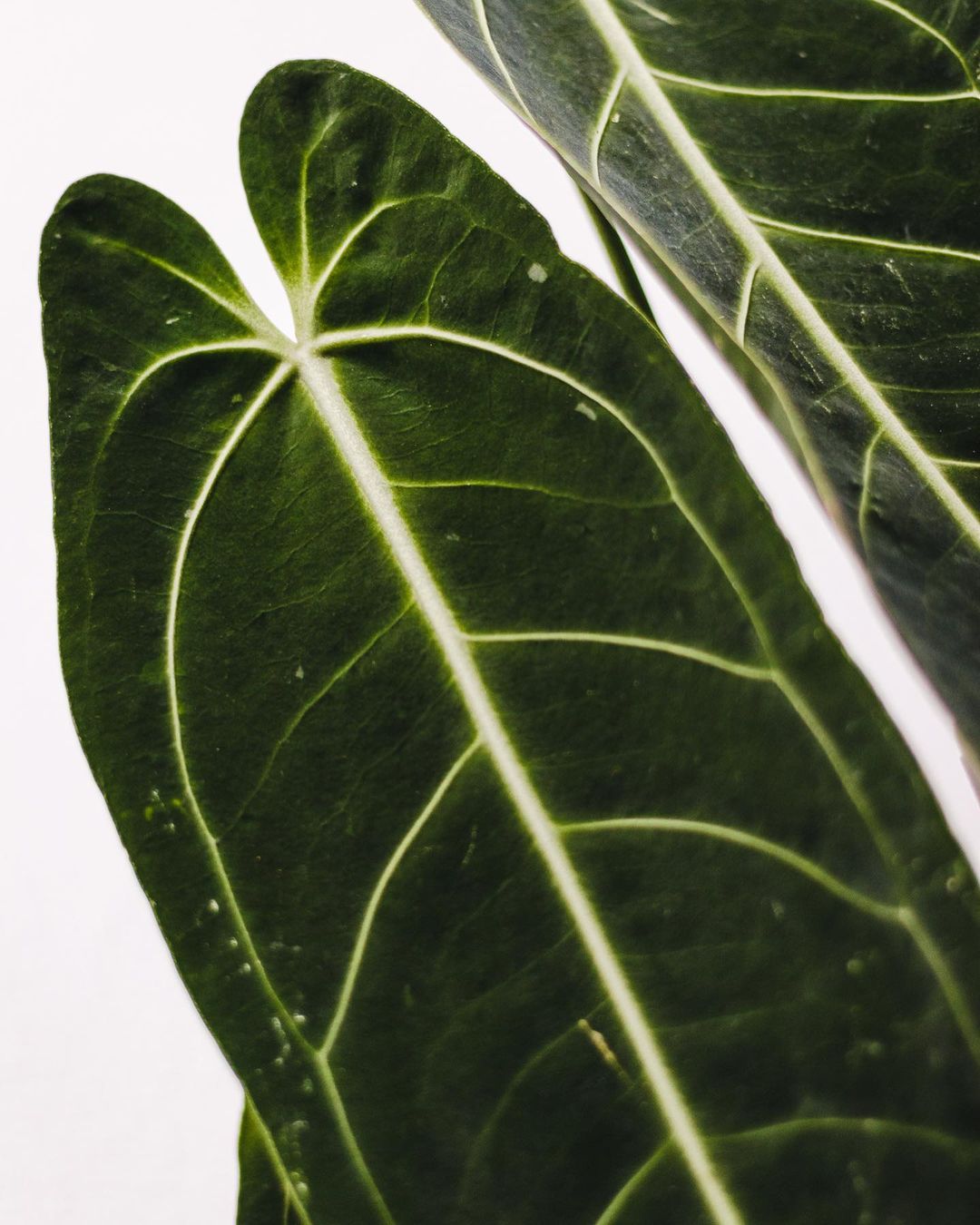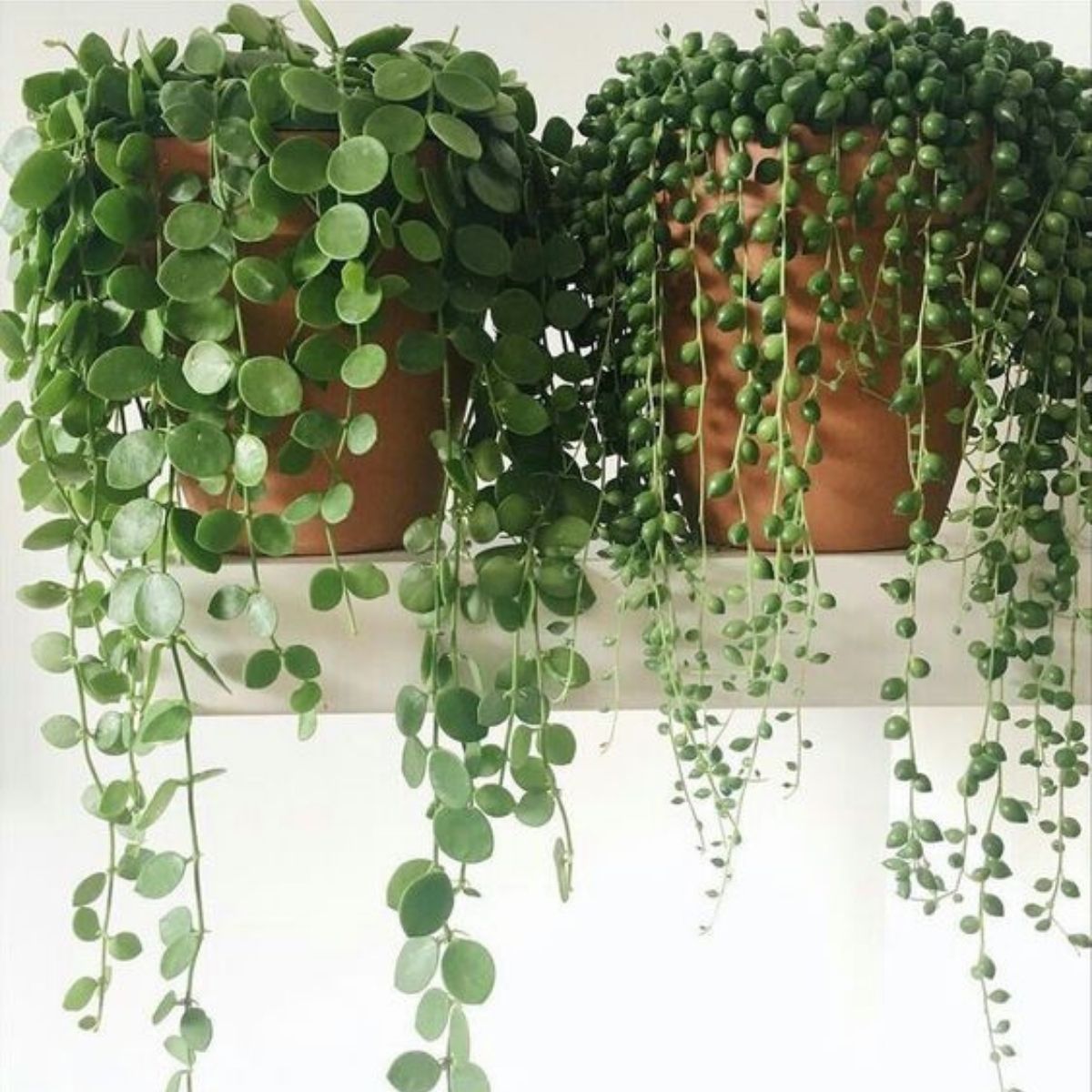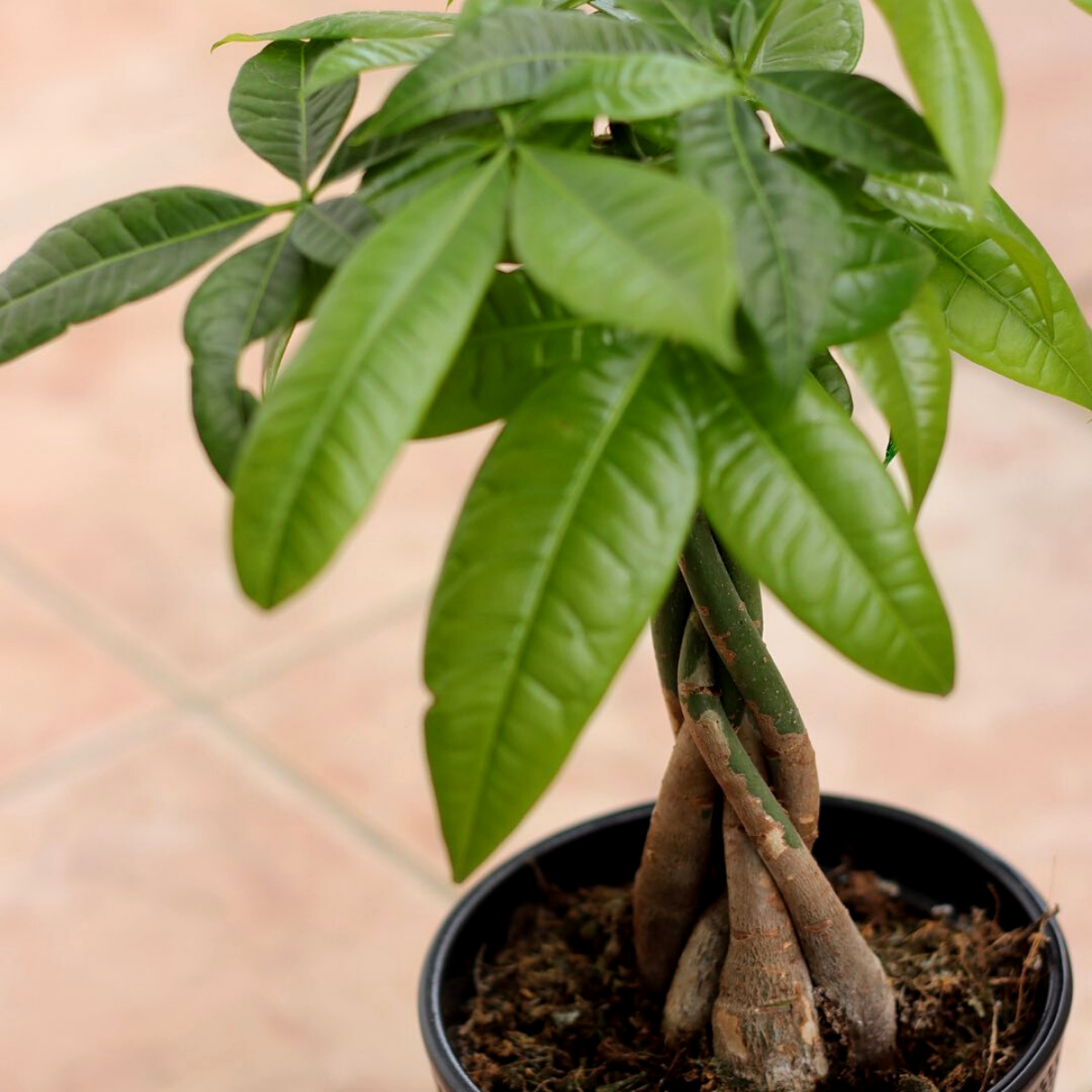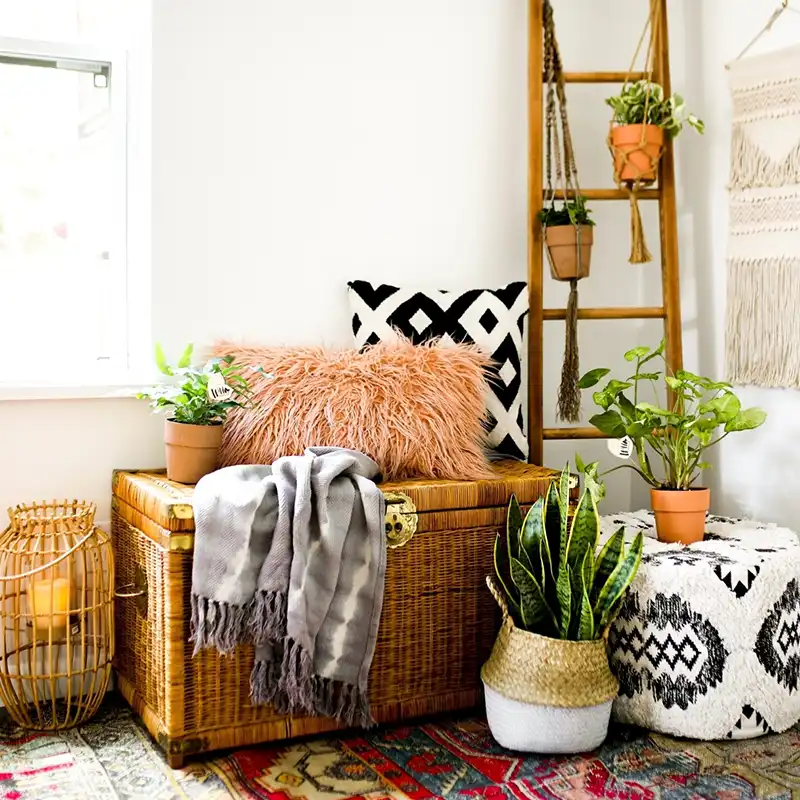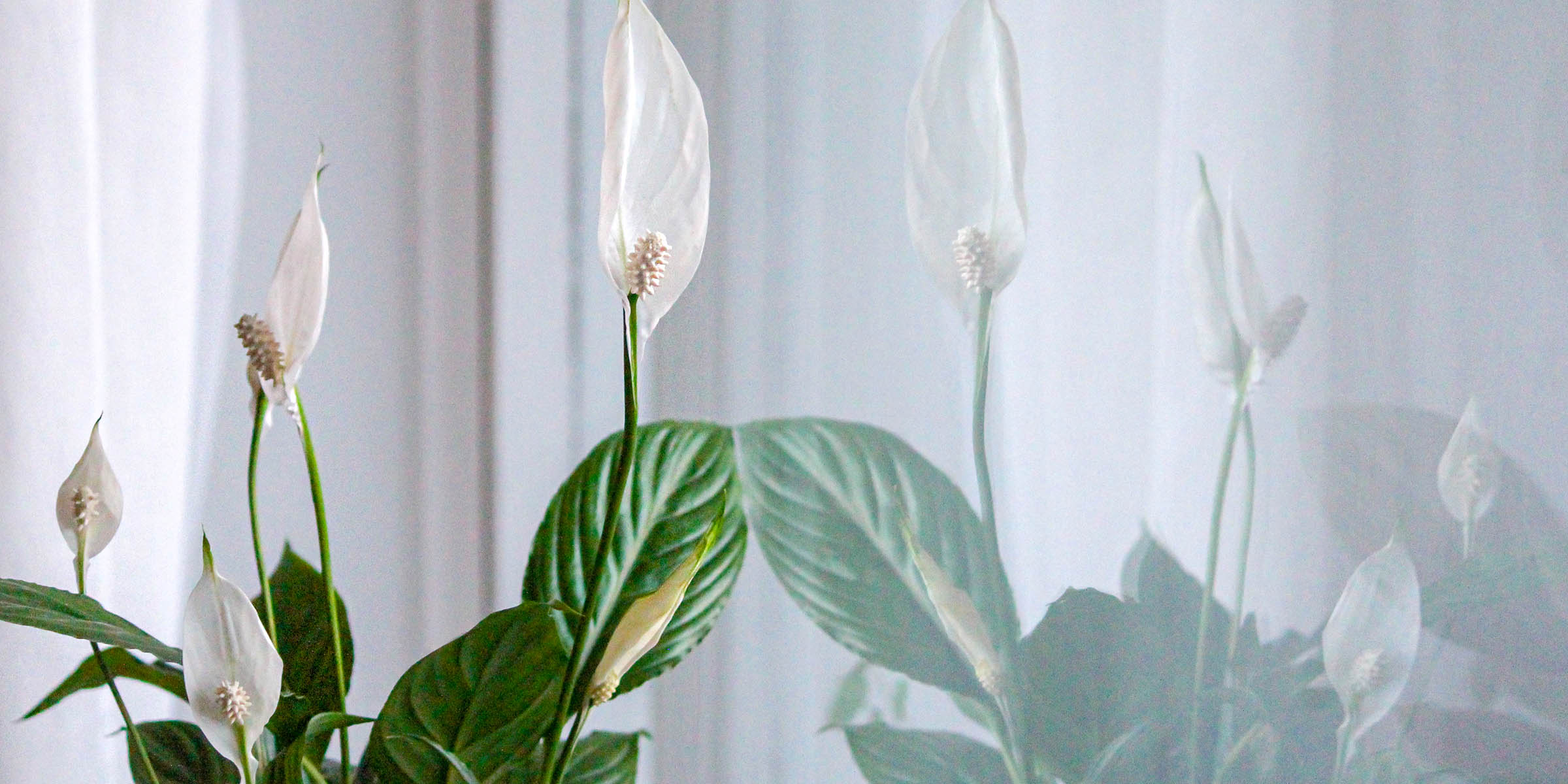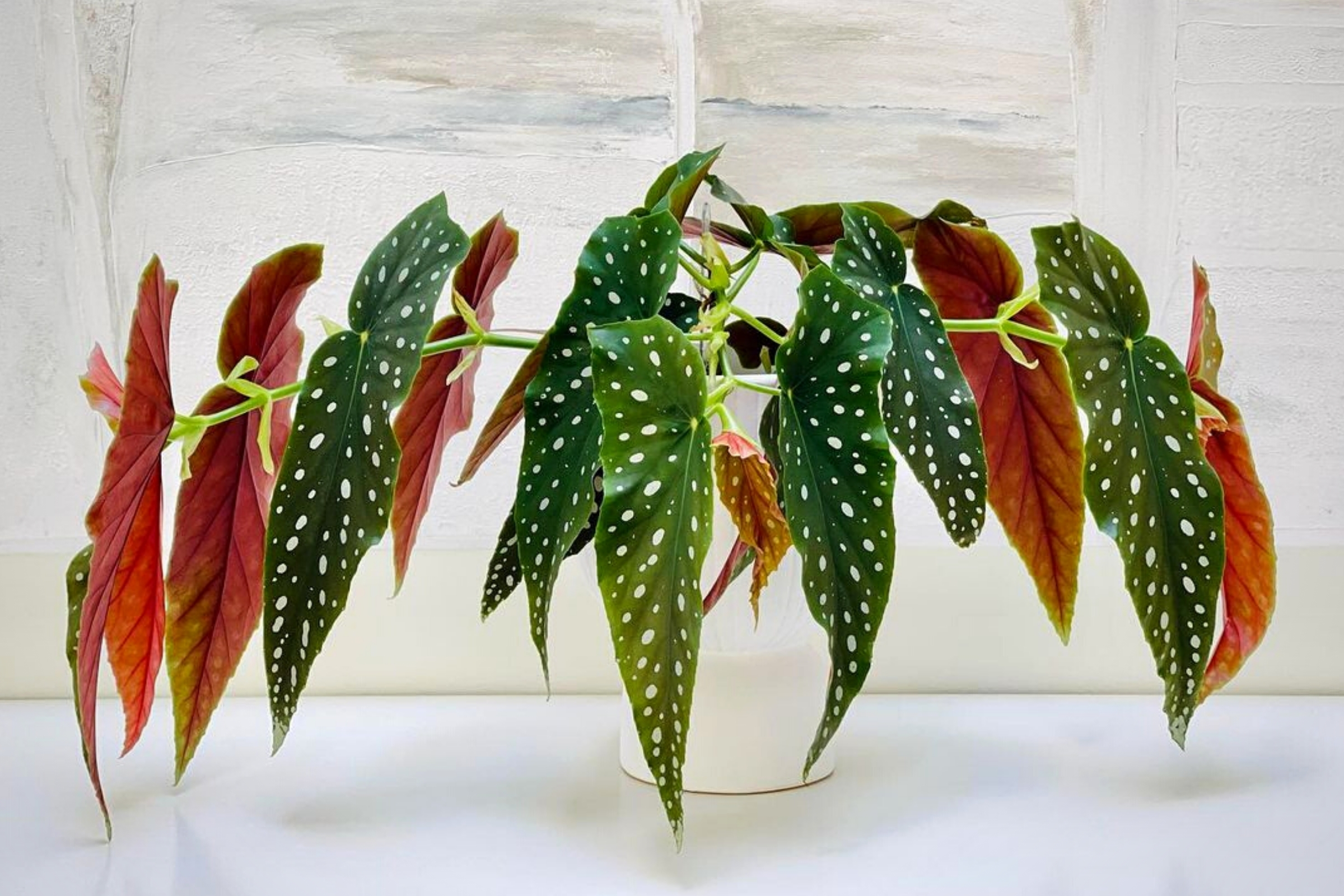The Anthurium Warocqueanum, also known as the Queen Anthurium, is a magnificent houseplant that is popular for its ability to grow immense velvety green leaves that are as thick as cardboard. It is an unusual plant species from the family of Araceae - that many of us know because of the Monstera plant. But, with an eccentric look. A true houseplant gem.
Queen Anthurium Warocqueanum
In the world of tropical plants, there exists an elegant species of plant with a regal aura that commands attention - the Queen Anthurium Warocqueanum. Its lush foliage and sophisticated appearance have made it a favorite among plant enthusiasts and collectors. This Anthurium is a rare and highly sought-after tropical plant native to the rainforests of Colombia. This epiphytic plant belongs to the family Araceae, which is characterized by its heart-shaped leaves, unique flowering structure, and climbing growth habit.
The genus Anthurium contains around 1,000 species, with the Queen Anthurium being one of the most popular and coveted among them.
The Queen Anthurium is admired for its elongated, velvety leaves that can grow up to 6 feet (2 meters) long and 10 inches (25 cm) wide. Its foliage boasts of a dark green hue with a glossy, iridescent finish. The plant’s inflorescence, consisting of a slender, finger-like spadix surrounded by a spathe, can be found in a range of colors, including green, white, and maroon.
The Anthurium Warocqueanum is a perennial plant native to the tropical rainforest climates of Central and Western Colombia. In the wild, this Anthurium Queen is often an epiphytic plant – meaning it can be found growing on the surfaces of other plants and trees instead of in the soil.
Queen Anthurium
It's easy to see why the more common name, Queen Anthurium, is being used. The plant is considered rare and is, therefore, a highly coveted ornamental plant. The Queen Anthurium has gorgeous foliage. The leaves are unique by their dark green color, thickness, and leathery feel, as well as by the silver venation that become more pronounced as the plant matures. There's a common conception that the Queen Anthurium is a true diva among houseplants when it comes to care, and though it probably won't make the most ideal beginner plant, with these key care tips below you can make it thrive indoors.
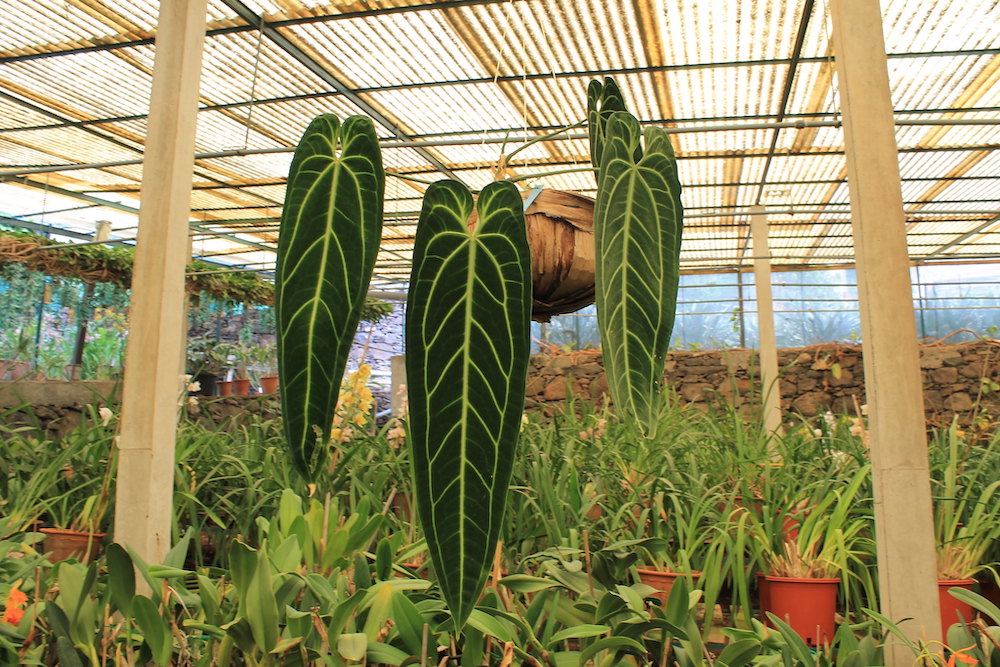
Warocqueanum
The Queen Anthurium was named after the Belgian industrialist and horticulturist Arthur Warocqué who lived from 1835 to 1880. Arthur was next to the mayor of Morlanwelz a big promoter of Belgian horticulture. The commune of Morlanwelz, of which he became mayor in 1688, owes him a lot: paved streets, rectified and widened, new avenues opened to bring about the development of housing, water, and gas distribution, development of a new cemetery, and the creation of schools.
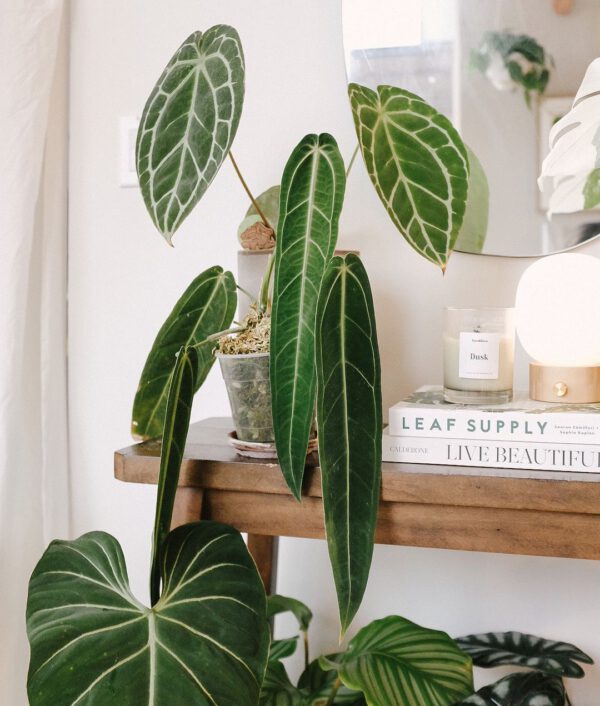
Queen Anthurium Care
The Queen Anthurium care can be challenging. Anthurium Warocqueanums are notorious thanks to their somewhat picky attitude when it comes to light, temperature, and watering needs. But there are various climates in which the Queen Anthurium can thrive. Depending on the climate some plants have darker, more narrow leaves, while others have wider, greener leaves. It is impossible to say with certainty in which ecotype the plants grow in a certain way because leaf appearance can vary depending on conditions and age, but most Queen Anthuriums seem to grow darker and have narrower leaves.
A general rule for this plant is: a happy plant will add new leaves to the existing ones. Unhappy plants will drop a leaf each time a new one develops. As a result, owners of the Queen Anthurium often gauge their success based on how many leaves the plant retains.
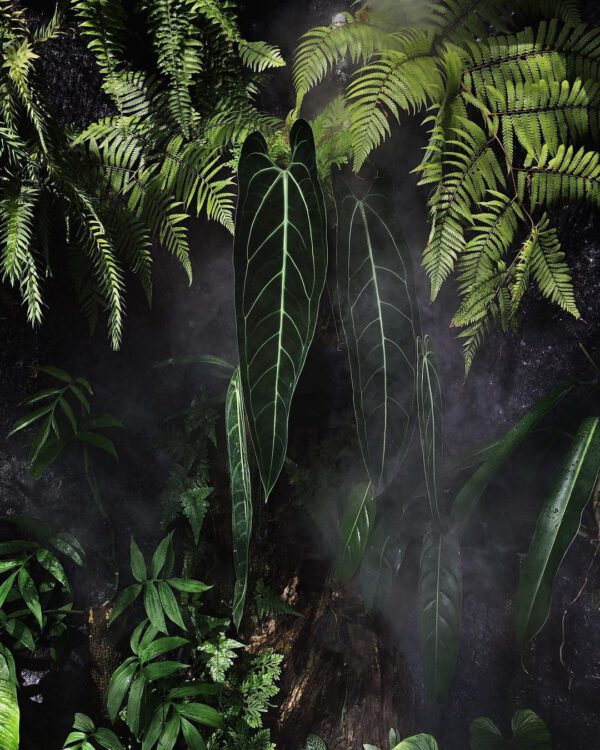
Let's go over a few aspects of care for this houseplant so you can create the optimal conditions for this tropical beauty to thrive.
Ideal Light for the Anthurium Warocqueanum
Like most Anthuriums, the Anthurium Warocqueanum doesn't require direct light but more medium indirect light. If you are using grow lights keep them a bit further away from the bulbs. If your plant is outdoors, you may want it to rest in partial shade. Avoid allowing direct sunlight to touch Anthurium Warocqueanum – bright light will actually burn this plant’s beautiful leaves and cause damage.
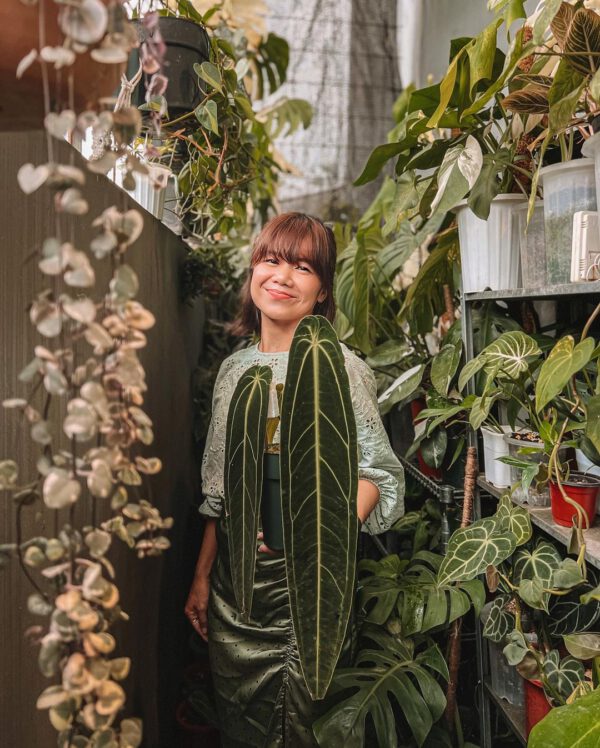
How to Water the Queen Anthurium Warocqueanum?
This will depend based on the substrate grown in. Since Anthurium Warocqueanum it's an epiphytic plant it can grow in a soil-less substrate. I keep it in bark and moss and water when the moss feels dry until the water comes through the bottom of the pot.
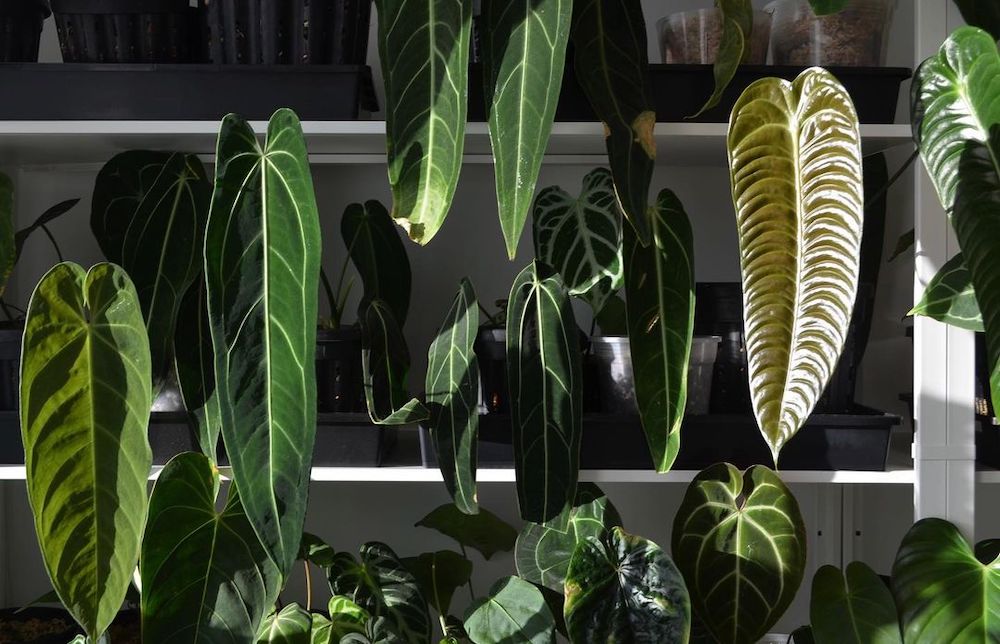
What’s the Perfect Humidity for a Queen Anthurium?
These plants need very high humidity. This doesn’t mean that they cannot grow and survive in lower humidity conditions but a humidity above 70% is best. Make sure you are providing sufficient air exchange. Air circulation is very important to an Anthurium Warocqueanum. They are susceptible to damage on the leaves when the airflow is not sufficient.
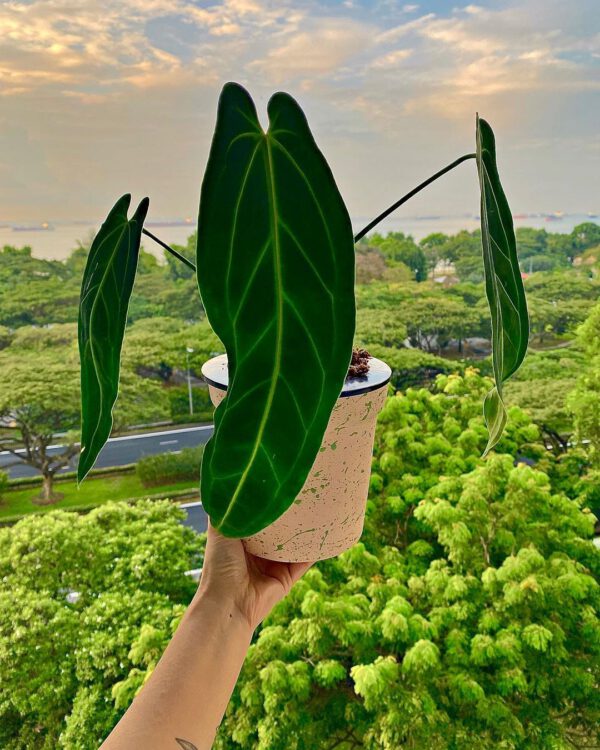
Extra tips: feed your plant during the growing season and keep the substrate evenly moist. Don't let it dry out too much, as the Queen Anthurium doesn't tolerate dry conditions.
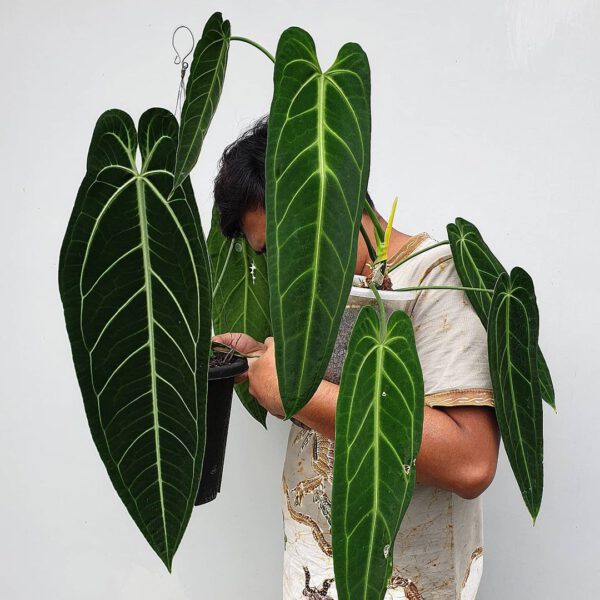
Summarized, here's your to-do-list when caring for this stunning plant:
- Light: Queen Anthurium prefers bright, indirect light. Direct sunlight can scorch the leaves, so it’s important to provide filtered or dappled sunlight.
- Temperature: These plants thrive in temperatures between 65°F to 85°F (18°C to 29°C). They can be sensitive to sudden temperature fluctuations, so ensure a consistent environment to prevent stress.
- Humidity: High humidity is essential for the Queen Anthurium, as it mimics its natural rainforest habitat. Aim for a humidity level of 60-80% to keep the plant healthy. You can maintain humidity by using a humidifier, placing a tray of water near the plant, or grouping it with other humidity-loving plants.
- Watering: The Queen Anthurium prefers consistently moist soil, but it's important not to overwater. Water the plant when the top inch of the soil feels dry, and ensure proper drainage to prevent root rot.
- Fertilization: Feed your Queen Anthurium with a balanced, water-soluble fertilizer diluted to half-strength every 4-6 weeks during the growing season. Reduce fertilization in the winter months.
- Pruning: Regularly remove any yellowing or damaged leaves to maintain the plant’s health and appearance.
Why Is the Anthurium Warocqueanum Expensive?
Anthurium plants in general tend to sell on the expensive side, but Queen Anthurium plants can be especially pricey. These tropical houseplants are prized for their lush and beautiful appearance, and that as well as their status as a somewhat uncommon houseplant makes them a more expensive purchase than some other plants.
